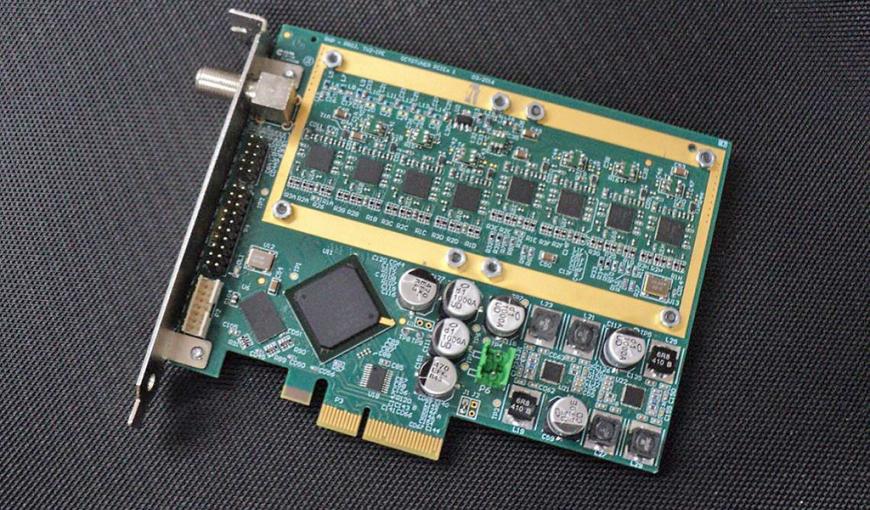Innovative development strengths RNP's cooperation with film agency
The partnership between RNP and National Film Agency (Ancine, in Portuguese) ended 2016 with the innovative development of a capture card for TV signal. The equipment will support Ancine in the formation of a collection of publicity audiovisual works broadcast on TV channels and RNP in making this content available for teaching and research purposes. On December 5, researchers from the Campinas’s State University (Unicamp, in Portuguese) and the Mackenzie Presbyterian Institute, responsible for hardware development, presented the equipment and test model that will be carried out this year.
This cooperation began in 2013 and allowed the development of the Monitoring Platform for the Programming of the Conditional Access Service (MP-SeAC), which aims to capture, process, index and store audiovisual works on pay-tv. “According to Law 12.485, qualified pay-tv channels must offer at least 3h30 weekly national content. This platform allows Ancine to monitor compliance with the law and, if necessary, generate evidence with the stored material. We have a main infrastructure at the Cinemateca Brasileira, in São Paulo, and a contingency at RNP IDC in Brasilia”, said RNP’s Solutions manager, Christian Miziara.
The new delivery will allow to increase the storage of audiovisual works broadcast on TV in a more efficient way. RNP sent an invitation letter to research institutions that have knowledge on this topic. Among the proposals received, the Unicamp/Mackenzie was chosen, mainly due to two differentials: the use of a more modern video coding technique, which allows a compression rate 50% higher than that currently used by TV, the which would allow a saving of 50% in storage space while maintaining the same quality; And the development of a hardware that will allow the capture and decoding of up to eight TV channels simultaneously, which will enable the implementation of the platform in a larger scale at a lower cost, even in space limited spaces.
“Possibly the hardware is the only one in the world with this amount of receivers. The process included high-capacity teams with previous experience in the development of digital TV hardware, as well as drivers and control software. The other teams participated in advanced video compression algorithms and developed graphical interfaces to control the system. The project was carried out in an extremely short time and had a great capacity for cooperation and synergy among researchers”, said the researcher of Unicamp and president of Kasco P&D Tecnologia – Diogo Caetano. He also said that this project contributed to the production of relevant scientific material - articles, papers, dissertations - and participation in congresses in several countries.
As the schedules of the TVs are local and specific for each city, the purpose for this year is to conduct a pilot with the installation of these equipment in five cities, to do the local capture and transmission through the Ipê network for central storage, besides testing the model. After the evaluation, Ancine will verify the technical and financial feasibility of expanding to other cities. Another purpose of 2017 is to get the patent on the eight-channel simultaneous recording hardware, which can be used for various applications. The GNN team is responsible for this process.
“RNP is one of the most important partners for Ancine and has helped us make a great institutional leap. The research carried out jointly has brought us the latest technological results for the work of regulation and inspection, which our agency has as its function. The MP-SeAC project enabled fine-tuning of pay-tv channels through a much better system than those used in the international market. And, in this new phase, we are very excited about the possibility of Ancine's performance with the new monitoring prototype for open TV types”, emphasized the managing executive of the agency - Mauricio Hirata.
Photo: Board will capture and decode up to eight TV channels simultaneously.
